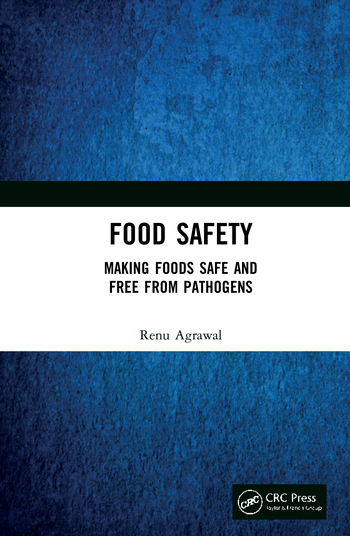Fungal Researchers Fight Pathogens Killing Peach Trees

Cytospora has wreaked havoc among Colorado peach orchards for decades, and scientists at Colorado State University's College of Agricultural Sciences are trying to stop the tree-killing fungal pathogen.
Plant and fungal biologist and Colorado State University Assistant Professor Jane Stewart is leading a series of studies to arrive at a deeper understanding of the biology that makes up this pathogen, and to come up with an arsenal of best practices to ward off infections and help growers stay in the peach business. Strategies might range from choosing cultivars that are less susceptible to the fungus to changing how trees are cared for and pruned to limit the fungus's spread.
Stewart and her colleagues recently received three streams of federal funding which are aimed at aspects of tackling Cytospora canker on behalf of Colorado fruit growers. The National Institute of Food and Agricultural Research (NIFA) is supporting Stewart's team to research cultural practices currently used in peach orchards. The team aims to determine if infected, pruned, and mulched branches placed under trees leads to 1) increased incidence of Cytospora infections, 2) better understand the epidemiology of Cytospora, 3) determine species diversity. The sign of a Cytospora infection is a canker visible on the bark or branches of a tree.
Cytospora isn't just limited to peach trees, and Stewart's team will look at diversity of the species across peach, apple, and cherry trees and study population genomics of the fungus as it moves around and between orchards. The research will eventually lead to management strategies for the Cytospora canker built on an understanding of the biology and epidemiology of the various species of the fungus.
In addition, NIFA will be supporting research by Stewart and colleague Dana Hoag of the Department of Agricultural and Resource Economics to provide new insights into the economic feasibility of various management practices. The work will evaluate tradeoffs of different choices like spraying trees with pesticides versus planting new ones.
Although Cytospora has created problems for peach growers since the 1950s, it has become worse over time and is now halving the lives of peach trees, which used to be in the ground for 40 years but now average around 20, says Stewart.
A few years ago, Stewart and her colleagues collected isolates from different orchards and found that Colorado peach orchards are primarily impacted by Cytospora plurivora, while in other areas of the country, the species prevalence is more diverse.
After that, Stewart and graduate student Stephan Miller developed a chemical treatment plan for farmers and fact sheets about the pathogen in an effort to keep infections from killing trees before cankers do.
With the new funding, Stewart and graduate student Sean Wright will combine their expertise in fungal biology and population genomics with observations of farmers' habits for managing the disease. They will also research how those habits could be changed for the better in areas like watering techniques, chemical treatments, and mulching.
Looking for a reprint of this article?
From high-res PDFs to custom plaques, order your copy today!









